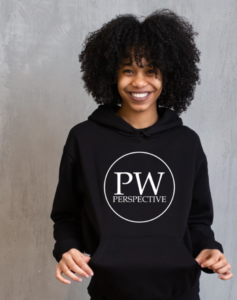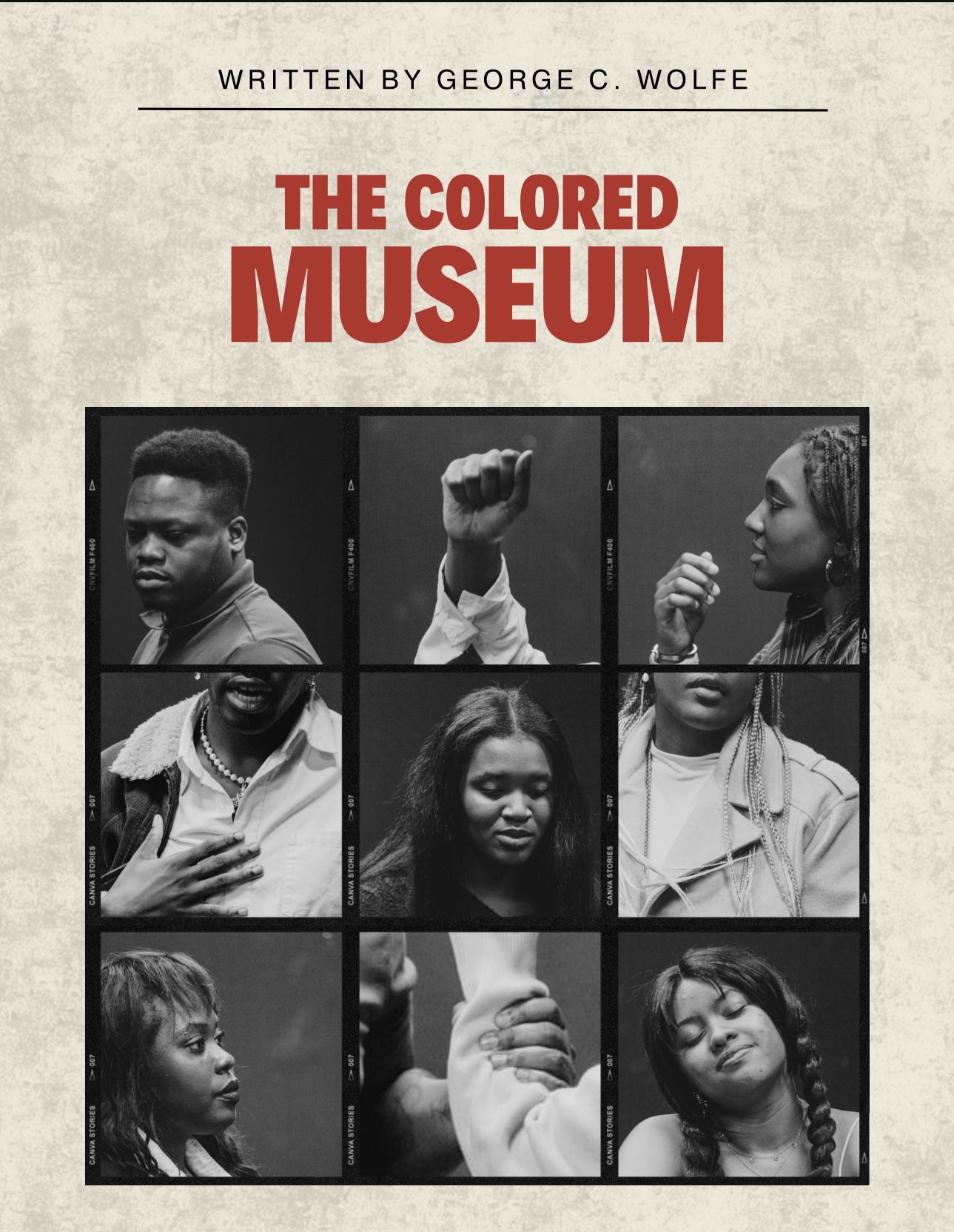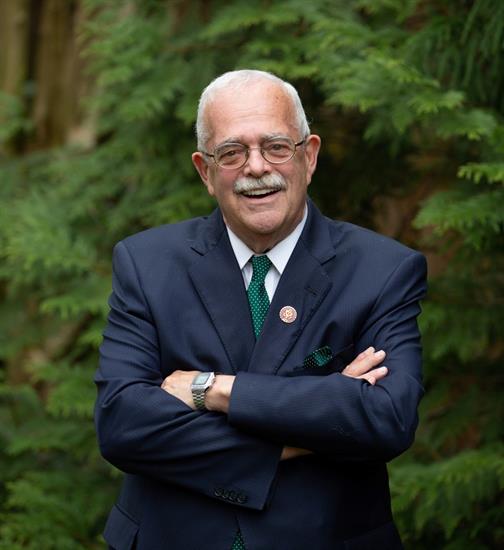Breaking the Stigma: Mental Health & Covid-19
I told a close friend recently that it’s okay to feel mentally “off” right now given all that’s happened in 2020, and I sincerely believed it to be true. After all, feeling restless, constantly sad, fearful of the unknown, disorganized, socially isolated, unable to focus, fearful of illness, and extremely moody nowadays had become totally understandable once stockpiling toilet paper and preparing for Civil War II could no longer be chalked up to paranoia. But as I thought about it, I began to ponder the difference between what has become common versus what is normal, particularly from the perspective of someone who wasn’t new to mental illness.
Specifically, how the above-referenced conditions, those we’ve come to accept as normal responses to today’s veritable pandemonium, are worth rethinking in a way that’s not so obvious. They are the same symptoms experienced by people diagnosed with anxiety, depression, post traumatic stress, schizophrenia, ADHD, OCD, or bipolar disorder. For many of them, wearing a mask, distancing socially, and living on constant alert are nothing new. In fact, these behaviors were symptomatic of a problem for which they received medications and psychotherapy. What a difference a pandemic makes.
Prior to reading news about Patient Zero inadvertently importing the novel coronavirus from a Wuhan, China meat market, there was no evidence of widespread commonly shared hardship or understanding of what those who faced anxiety, compulsive, or depressive disorders were dealing across society. Stigmas persisted even as 1 in 5 Americans experienced mental illnesses long before and up to this fateful year. The mental strain many people suffer as a result of living under relentless hardship due to the current situation is how much of the 1-in-5 have always lived their lives, too many in the margins of society, where they were more likely to face stigmatization than a “we’re all in this together” sense of connectedness and understanding.
Pre-pandemic suicide risk was already highest in our society among certain groups: veterans, first responders, black youth under 12, LBGTQ+ youth, middle-aged white men, Native Americans, farmers, doctors, and persons with multiple sclerosis and spinal cord injuries, just to name a few. All the steady dose of purposefully antagonistic social media and 24-hour breaking news on pandemic death rates, cities up in flames, and deadly police encounters did was create a “new abnormal” for many of those who had already been managing to go to school, work, and raise families with the help of prescribed antidepressants, sedatives, and psychotherapy as par for the course.
Adding new groups to the risk pool won’t make life easier for them; it’ll just become easier for those with preexisting disorders to blend in — or even become lost — as mental illness increasingly hides in plain sight. A National Institute for Health Research-funded study found that “COVID-19 survivors have a significantly higher rate of psychiatric disorders, dementia, and insomnia,” which suggests the higher the survival rate gets, the more likely we’ll see a corresponding increase in mental illness. Consequently, it will indeed be “okay not to be okay” as not being okay threatens to become the norm, to the detriment of those who need to get out of the hole, not made more comfortable being in it.
There may be a potential upside to all of this though, especially for those of us on the front lines of mental health advocacy. It took people seeing the cinemized death of George Floyd to cast U.S. race tensions in a different light for many. It took the killing of U.S. Army Specialist Vanessa Guillén at Fort Hood to change views of military sexual trauma in our military. Maybe it will take this perfect storm of an incurable virus, social unrest that respects no gerrymandered boundaries, and overrun healthcare systems to make society much more empathetic to those who’d been marginalized and criminalized in the past for being “crazy”, especially within communities of color and/or low socioeconomic standing.
With that in mind, a downside of painful knowledge is better than a upside of blissful ignorance, as the saying goes. Mental illness is one gift of 2020 that will keep on giving, with the key questions being how many people had it before, acquired it recently, are affected by it, and can get timely and quality treatment for it. More importantly, how many of those who saw mental illness as a badge of shame prior to this trying time for the country will use their own experiences to see others who bear the struggle in a new light: as complete human beings who simply want to make it through the storm like everyone else, without stigma or prejudice.
Sherman Gillums Jr. is the Chief Strategy & Advocacy Officer, National Alliance on Mental Illness. For more information on education and support, go to https://www.nami.org/Support-Education



